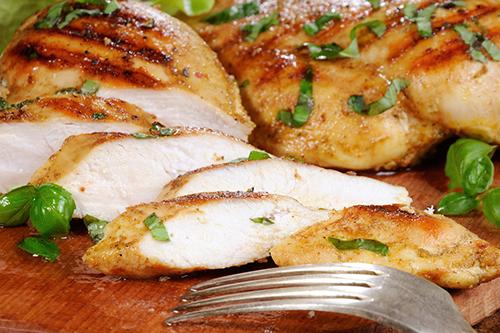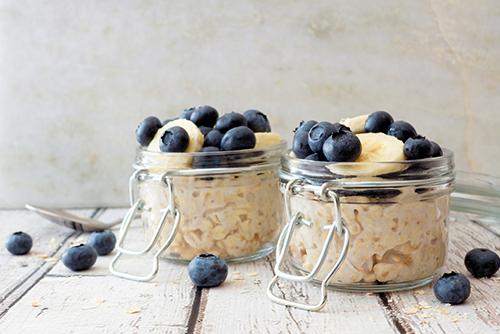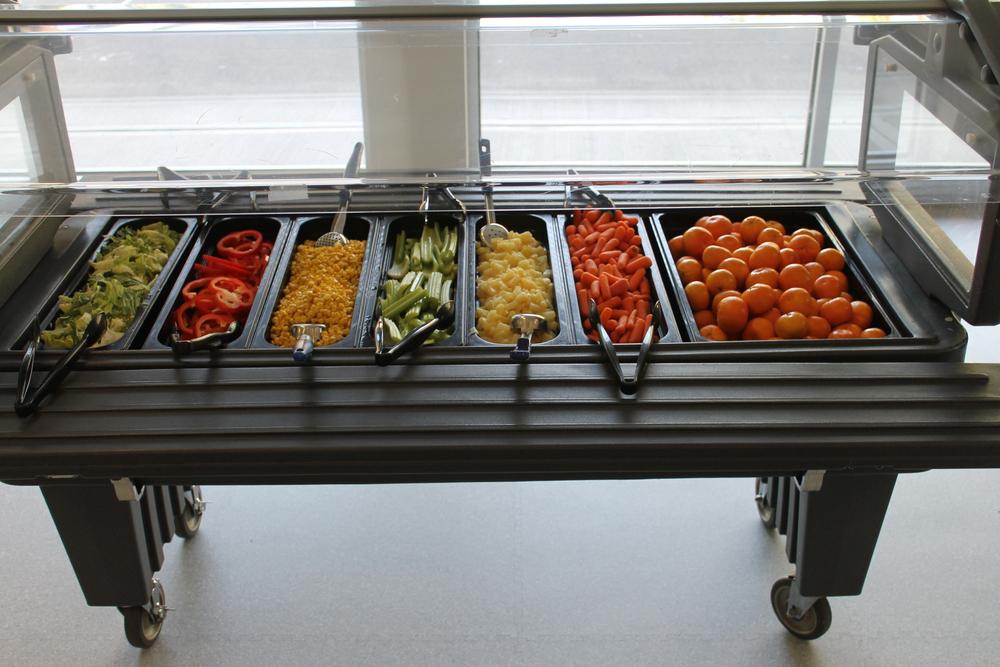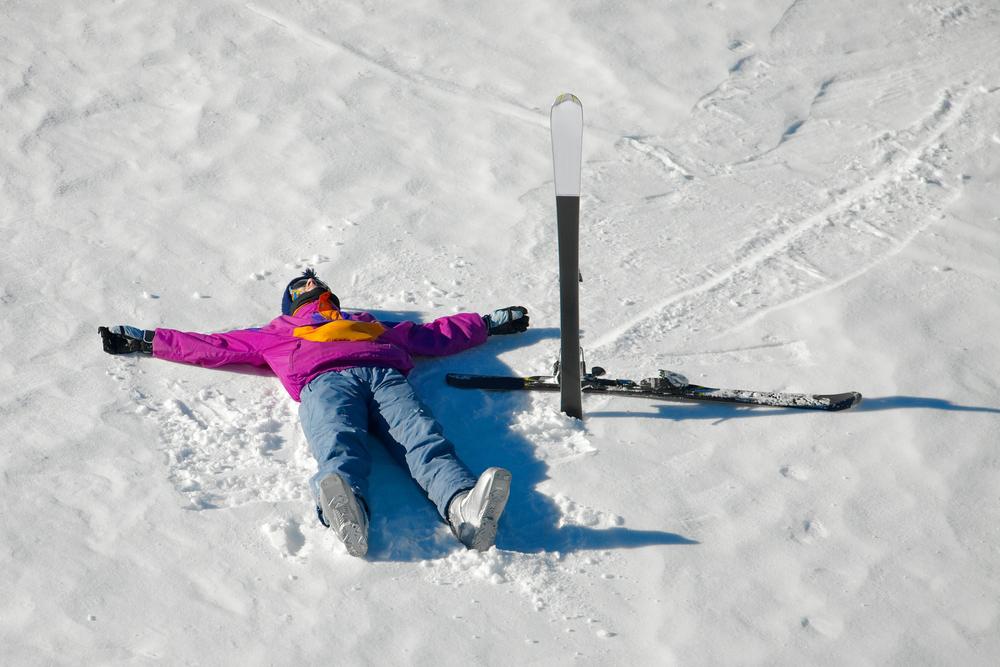 Constantly finding yourself queuing up in the takeout line because there’s just no time to cook dinner at home for you and your very hungry athletes? Or simply sick of spending an hour in the kitchen getting dinner ready every night—plus the cleanup afterwards—when you’re already tired from a long day at work? Young athletes require a lot of food and need it to be packed with the macro and micronutrients they need in order to grow and recover, but that shouldn’t require you to spend hours every week in the kitchen.
Constantly finding yourself queuing up in the takeout line because there’s just no time to cook dinner at home for you and your very hungry athletes? Or simply sick of spending an hour in the kitchen getting dinner ready every night—plus the cleanup afterwards—when you’re already tired from a long day at work? Young athletes require a lot of food and need it to be packed with the macro and micronutrients they need in order to grow and recover, but that shouldn’t require you to spend hours every week in the kitchen.
Here, TrueSport Expert Kristen Ziesmer, a registered dietitian and board-certified specialist in sports dietetics, is sharing a few surprising tips and tricks to speed up meal time by meal prepping and making smart menus that provide variety and flavor without hours in the oven.
Pick a Day For Meal Prep
“You can either make three meals a day five times a week, or you can do it one time,” says Ziesmer. “If you plan out your week of meals and prep as much as you can in one session, things are going to go a lot more smoothly throughout the week. It just simplifies things.” While many people use Sunday as a meal prep day, you can pick whatever day works best for you. You may find that you can’t get everything done in one session, but if you’re judicious with your time, you should be able to multitask and make a big batch of rice or another grain, grill or bake a big tray of protein, and clean and chop all of your fruits and vegetables. Take advantage of kitchen tools like slow cookers, pressure cookers and rice cookers that allow you to easily make big batches of rice, beans, chilis and soups but can also be used to cook a whole chicken or hard boil a batch of eggs.
Develop a Reusable Shopping List
 While meal prepping doesn’t have to mean boring meals, it does speed things up if everything is more predictable. The middle of a busy practice and competition season isn’t time to test out new recipes with exotic ingredients on a nightly basis—stick to the staples! Having one ‘master grocery list’ that’s accessible to any member of the family who may be doing the grocery shopping makes each week’s trip to the grocery store easier. You can add or subtract from the list, but having a starting point list that has all the basics saves a huge amount of time (and trips back to the grocery store because you forgot eggs!).
While meal prepping doesn’t have to mean boring meals, it does speed things up if everything is more predictable. The middle of a busy practice and competition season isn’t time to test out new recipes with exotic ingredients on a nightly basis—stick to the staples! Having one ‘master grocery list’ that’s accessible to any member of the family who may be doing the grocery shopping makes each week’s trip to the grocery store easier. You can add or subtract from the list, but having a starting point list that has all the basics saves a huge amount of time (and trips back to the grocery store because you forgot eggs!).
Get The Kids Involved
At any age, your athletes can be helping with meal prep, from grocery list making to cooking the meals. And teaching them to prep their own meals from a young age helps them develop better nutritional habits in the long run, says Ziesmer. If your athlete is old enough, let them help with the grocery shopping—perhaps even handing the list off so they can shop while you run other errands. And even the youngest athletes can help with meal prep if you’re doing things like layering vegetables in a casserole dish or mixing up individual jars of overnight oats.
Think About Multi-Use Meal Prep Options
Rather than making five separate casserole-style meals during meal prep, think about leaving the ingredients separate, when possible, says Ziesmer. This makes it easy to ‘remix’ each item so that breakfast, lunch and dinner feel fresh every night.
 A batch of hard-boiled eggs in the pressure cooker on Sunday can be used for fast breakfasts, snacks, and salad toppings.
A batch of hard-boiled eggs in the pressure cooker on Sunday can be used for fast breakfasts, snacks, and salad toppings.- Brown rice can be used as a base for any lunch or dinner.
- Grilled chicken can be sliced on salads, in wraps, on rice bowls, and on sandwiches, and grilled vegetables (peppers, onions, eggplant, etc.) can jazz up any dish.
- Meal prep your fruits and vegetables by washing and pre-chopping. It’s easy to toss vegetables into a fast stir-fry if they’re already washed and chopped, and fruit is less likely to go moldy in the fridge if it’s an easy grab-and-go snack. (You can also have kids pre-portion out their fruit and vegetables for lunch bags.)
Think Outside The ‘Classic’ Meal Prep Box
Ziesmer is a huge fan of meal prepping baked potatoes. Bake 2 potatoes for each member of the family and use them the same way you would use rice. They can serve as a perfect carbohydrate when paired with a chili (that you also meal prepped the same day!) or as a side dish with a salad topped with grilled chicken.
Make Meals That Can Be Individually Tailored
Overnight oats in mason jars or small containers are one of Ziesmer’s favorite fast breakfast options, especially if you have multiple kids. Each of your athletes can prep their own containers on your meal-prep day, adding the dried fruit, seeds, nuts, cinnamon and sweeteners that they prefer, and then each night before bed, they can add the wet ingredients (fresh fruit, honey or maple syrup, milk, nut butter and/or water) to the container so the oatmeal can soak overnight. Warm it up in the morning, and breakfast is ready in under 45 seconds! The same concept is true for rice bowls for lunch or dinner: Athletes can add their own protein and toppings according to their preferences.
are one of Ziesmer’s favorite fast breakfast options, especially if you have multiple kids. Each of your athletes can prep their own containers on your meal-prep day, adding the dried fruit, seeds, nuts, cinnamon and sweeteners that they prefer, and then each night before bed, they can add the wet ingredients (fresh fruit, honey or maple syrup, milk, nut butter and/or water) to the container so the oatmeal can soak overnight. Warm it up in the morning, and breakfast is ready in under 45 seconds! The same concept is true for rice bowls for lunch or dinner: Athletes can add their own protein and toppings according to their preferences.
______________________
Takeaway
Meal prepping may take a time commitment one day a week, but it can save you hours every day, while also saving you money. Get the whole family involved in the prep, and prep foods that can be used in different ways throughout the week to prevent palate fatigue.



